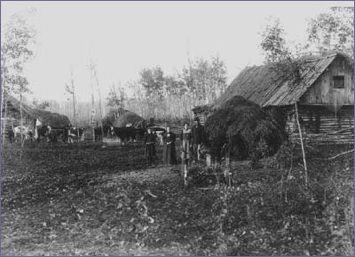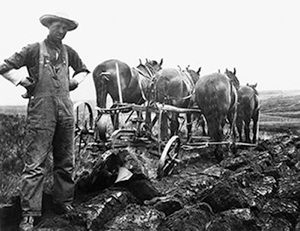Diaspora

The “North American” Pysanka



When Ukrainians emigrated to North America, they brought their traditions with them, including pysankarstvo.
Four Waves of Immigration
Although individual Ukrainians traveled to the USA and Canada earlier (one of the men traveling to Jamestown with Captain Smith is said to have been Ukrainian), the first big wave of immigration began about 1870 and lasted through WWI. This wave of immigration was an economic one–poor peasants from the Ukrainian areas of Austria-Hungary (“Galicia” aka Halychyna). In the USA, these immigrants usually took jobs in mines and factories in Pennsylvania, New York, and New Jersey. Others settled out on the plains of North dakota, where Ukrainian communities exist to this day. It is estimated some 500,000 immigrated in this wave.
In Canada, the first wave began later, in the 1890s. Encouraged by the Canadian government’s promise of inexpensive land, Ukrainians from Austria-Hungary were recruited to settle the frontier area from southeastern Manitoba through Saskatchewan and into northern Alberta. They played a major role in transforming this largely uninhabited western prairie, similar to the steppes they had left behind, into productive farmland. It is estimated some 170,000 immigrated to Canada in this wave.
The second wave of immigration was smaller; after WWI and the Soviet destruction of the free Ukrainian state, there were many refugees fleeing war and political repression. These tended to be better educated, members of the intelligentsia, but included farmers, too. The numbers were much smaller, with perhaps 20,000 immigrants.
The third wave was also large: WWII refugees, aka DPs (Displaced Persons). At the end of the war, many people ended up far from their homes. Many among the Ukrainians were Ostarbeiters (forced laborers brought to Germany from the east); some were members of the partisan UPA who had fought against the Soviets. Others were members of repressed classes or groups fleeing Russian/Soviet occupation of eastern and western Ukraine. Between 1947 and 1955, about 80,000 Ukrainians immigrated to the United States, where they settled in big cities, and 34,000 immigrated to Canada, settling mostly in Ontario. Patriotically inclined and often well educated, these immigrants created numerous cultural organizations, choirs and dance troupes, museums, newspapers, and so on.
The fourth wave began shortly before the fall of the Soviet Union and has continued to this day. The immigrants leave Ukraine for economic reasons, and have settled throughout the USA and Canada. Thanks to this fourth wave, California now has a large population of Ukrainian-Americans.
Preserving Ukrainian Culture
(under construction)
Back to History home page
Back to MAIN Pysanka home page.
Back to Pysanka Index.
Search my site with Google



